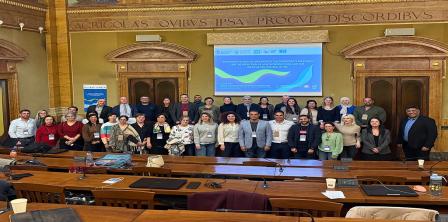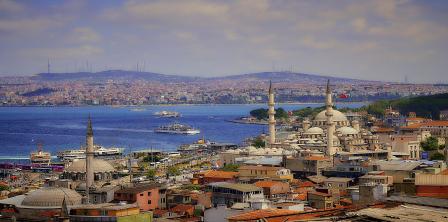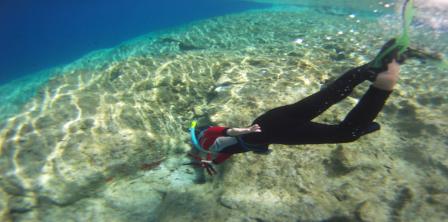Related Child Projects
3.1 Management Support and Expansion of Marine Protected Areas in Libya.
4.1 Mediterranean Sea Basin Environment and Climate Project.
Overview of the Focal Area
Biodiversity is the variety of Earth’s terrestrial, freshwater, and marine organisms, as well as the ecosystems of which they are part. The Convention on Biological Diversity (CBD), which came into force in 1993, is the global policy framework for action to maintain biodiversity for future generations. The scientific understanding of biodiversity as a provider of goods (food, water, materials) and ecosystems services (climate regulation, pollination, disaster protection, and nutrient cycling) to advance human well-being has grown more nuanced and comprehensive. However, the management of biodiversity has not been sufficient to ensure its long-term persistence hence leading to biodiversity loss in several parts of the world including the Mediterranean region.
Changing the trajectory of biodiversity loss means addressing its five main direct drivers: habitat change; overexploitation or unsustainable use; climate change; pollution, and invasive alien species. These critical drivers of biodiversity loss are intensifying, particularly habitat loss driven by the expansion of agriculture and other related activities.
These drivers are apparent in the Mediterranean as the current environmental situation of the Mediterranean Sea shows signs of progressive deterioration which is a result of a range of human activities coupled with tourism activities. Densely and increasingly populated coastal areas generate high pressure on the quality and security of supply of critical resources such as water, food, and energy in addition to increasing pollution. These have a huge impact on vulnerable coastal and marine ecosystems and habitats leading to the loss and degradation of coastal and shallow marine ecosystems and the scarcity of coastal freshwater resources.
Child Project 3.1, which constitutes the Biodiversity Component of the MedProgramme, is focusing on Protecting Marine Biodiversity in Libya. This project focused on biodiversity aims at developing the necessary tools and capacities for maintaining and enhancing biological diversity in Libya in line with the Aichi Targets of the Convention of Biological Diversity and with the SPA/BD Protocol of the Barcelona Convention. Key areas of work include the Ain-El-Ghazalah and Farwa Lagoon Marine Protected Areas as well as the Garah Islands site, a group of small sandstone islands in the north-eastern part of the Gulf of Sirte, where the Mediterranean monk seal has been recorded



